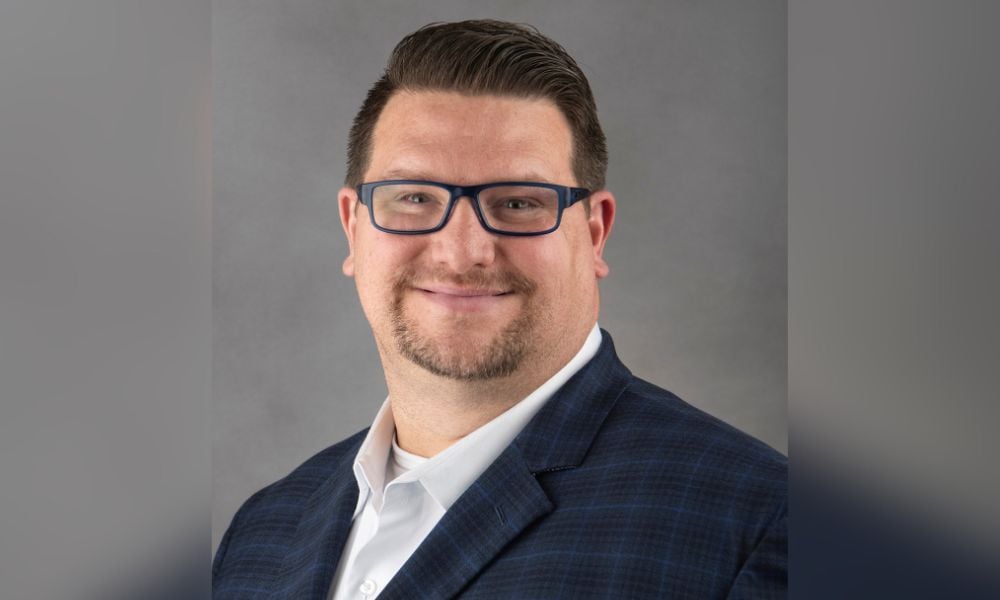As HELOCs become more popular, one broker warns others not to max out DTI

Home equity lines of credit (HELOCs) are becoming more in-demand as borrowers look to upgrade existing properties rather than buy new ones – but one mortgage professional is urging caution, reminding brokers that soaring insurance and tax costs could leave borrowers maxed out.
Michael Merritt (pictured top), senior vice president of customer care and default mortgage servicing at BOK Financial, believes these soaring costs are adding to customers' affordability issues.
“I don’t think it’s a secret anymore, the impact taxes and insurance are having on affordability,” Merritt told Mortgage Professional America. “I know for a couple of years, that was something we were talking about that was a little under the radar. I think it’s more prominent now.”
Those two factors are just two of the challenges facing customers regarding affordability. The Trump administration tariffs combined with existing inflation issues mean Merritt believes brokers have to be careful with the math regarding second mortgage loan qualification.
“There are affordability headwinds in the marketplace today,” Merritt said. “Historically, affordability, you could look at it as what house you are in, what market you are in, and some of the borrowing choices a consumer makes. Today, it's eggs, and it's gas, it's insurance, and it's taxes.”
Brokers must watch DTI with rising costs
Merritt believes those affordability issues make it very important to understand what a borrower is trying to achieve with a home equity loan or line of credit.
“The affordability headwinds that we're facing, I think you've got to have a good relationship with your borrower,” Merritt said. “I think you've got to ask, ‘What are you wanting to achieve? What does the situation put you in after the loan? If your insurance goes up by 10% or 15%, are you comfortable with these two payments?’”
Insurance premiums are increasing nationwide. In Oklahoma, rising premiums make it difficult for buyers to enter the housing market. Insurance costs are out of control in some parts of the nation affected by natural disasters, like California.
Merritt doesn’t see the trend of rising insurance costs changing anytime soon. He warns customers considering HELOCs to avoid maxing out their debt-to-income ratio.
“You need to understand that the trend we're seeing is that insurance will go up fairly significantly every year,” Merritt said. “Based on some of the markets, if you're in the wrong five or six states, that could be a 40% year-over-year increase. So, don't borrow to your limits.”
Some customers have been well-qualified but then run into issues as insurance costs continue to jump year after year, Merritt said.
“We’re seeing customers that were fully qualified, fully underwritten,” Merritt said. “They could be seeing pressure, because they're in year three of a 40% increase every year in their insurance, and that's out of the borrower's hands. I think truly understanding what's going on in your area and what could potentially impact that borrower. Making sure you're not lending up to right at the edge of what they qualify for unless they need that.
“Unless their income is going to increase over the next few years, they’re going to be challenged.”
Finding the right solution for customers
Merritt notes changes in the industry when brokers had to disclose the fully indexed payment of an adjustable-rate mortgage. He would like to see something similar with potential insurance increases.
“I think back to some of the changes with adjustable rates, having to show the fully indexed payment and what that impact is,” Merritt said. “We’re in that space: ‘Hey, your insurance is $1,000 today, but in three years, it could be $2000. This is what it would look like if that's the case.’ The loan officer and mortgage professional don't control that, but the customer needs to think about those things. And you've got to have that consultative approach.”
According to Merritt, the first step when consulting customers considering a second mortgage on their homes is to determine the right path forward. That starts with understanding what the customer needs.
A surge in home equity and rising consumer debt is driving an increase in home equity line of credit (HELOC) applications. Anthony Stratis, VP at Figure, sees this as an opportunity for brokers to build relationships with clients for future transactions.https://t.co/mdCxXNleud
— Mortgage Professional America Magazine (@MPAMagazineUS) April 22, 2025
“A HELOC or a home equity loan really is a different dynamic,” Merritt said. “When they say, ‘I need a HELOC loan,’ – well, why? Why do you think you need this loan? Are there purchases coming up? Because I think if you understand that, you could look at it and say, ‘Hey, this home equity loan may be more attractive for you, but if you're expecting additional renovations, or purchases, or education costs, then maybe the HELOC is the right path.’”
Merritt believes that by understanding what customers are looking for, they can narrow choices down to just two or three options, making the choice easier.
“Get to know what they're trying to achieve,” Merritt said. “The more time you spend on that, the easier the math becomes. It will take it from 10 paths down to one or two, and you could compare them and just show them the two options that you think are best. Big decisions during uncertainty become more challenging. Really understanding their situation, you can say, ‘These are the best options for you, and this is what we can offer you to get you where you're going.’”
Stay updated with the freshest mortgage news. Get exclusive interviews, breaking news, and industry events in your inbox, and always be the first to know by subscribing to our FREE daily newsletter.



